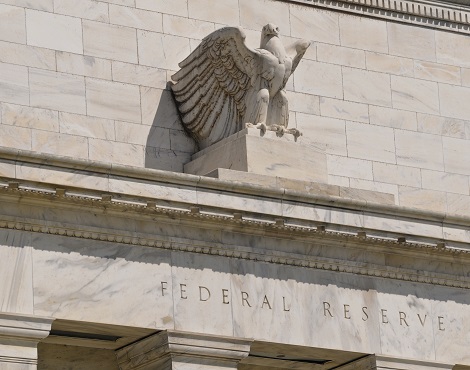The Fed’s rate hike of 25 bp on 16th March was on expected lines. But, the projection of another six rate hikes this year taking the Fed funds rate to 1.75 to 2 percent by end 2022 was not completely on expected lines. This is certainly a hawkish stance, which should have disappointed the market under normal times. But the US market after an initial negative reaction staged a smart recovery lifting the S&P 500 and Nasdaq by 2.24 percent and 3.7 percent respectively. How do we explain this rather surprising market reaction?
There are mainly three reasons.
One, in the press briefing after the policy announcement the Fed chief asserted: “the economy is very strong and well positioned to handle tighter monetary policy.” This calmed the markets. Two, the markets were over-sold amidst heightened volatility. Short covering in an over-sold market leads to sharp recovery. Three, with the Fed’s projection of seven rate hikes this year, uncertainty is out of the way. Uncertainty keeps markets on tender hooks. Markets like certainty, which the Fed speak provided.
Even though a hawkish Fed is normally regarded negative for equity markets, history tells us that market returns following the rate tightening are good. A Deusche Bank study of 13 rate hiking cycles shows S&P delivering 7.7 percent average returns in the year following the rate hike. Since rate hikes happen in the context of economic recovery the consequent corporate earnings growth justifies resilient markets.
In India, a major positive development from the market perspective is the FPIs turning buyers after relentless selling for long. The FPI selling which had touched Rs 4000 to Rs 7000 crore a day has been steadily declining in recent days and they turned buyers on 16th March. The market resilience in spite of relentless FPI selling is a new development that has implications for Indian markets, going forward.
Even though the correction in Nifty by 15 percent from the peak had cooled valuations a bit the recent recovery has again pushed the valuations up. Therefore, investors should prefer value to growth in these times of uncertainty. Preference for value overgrowth is a global trend now. In India, there is value in financials now. Stocks of high-quality banks and mortgage firms have been depressed due to sustained FPI selling. They are attractively valued now. Rising credit demand and improving asset quality augur well for banks, particularly those that are adequately capitalized like the leading private sector banks and couple of large PSU banks. IT stocks are highly valued. But this sector is in a multi-year expansion phase and the earnings visibility justifies the high valuations. Construction-related segments, pharma and specialty chemicals are on a strong wicket.
First Published in Economic Times.







